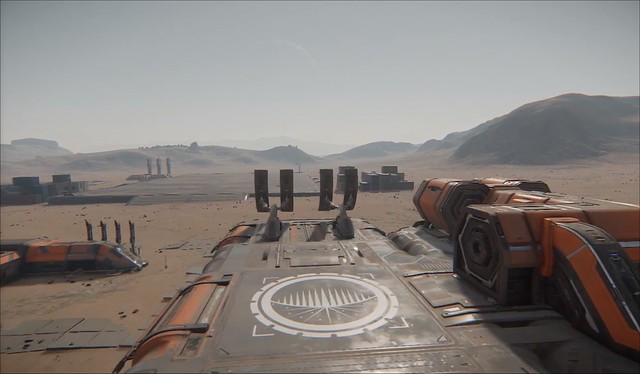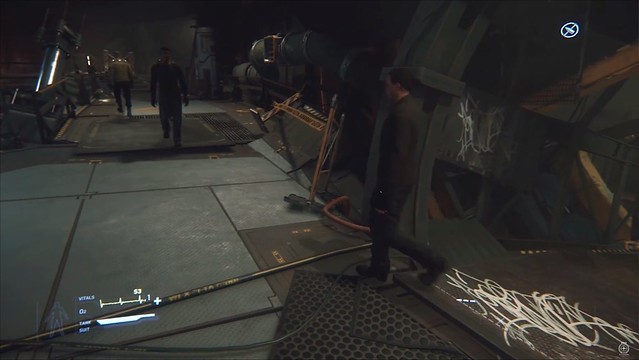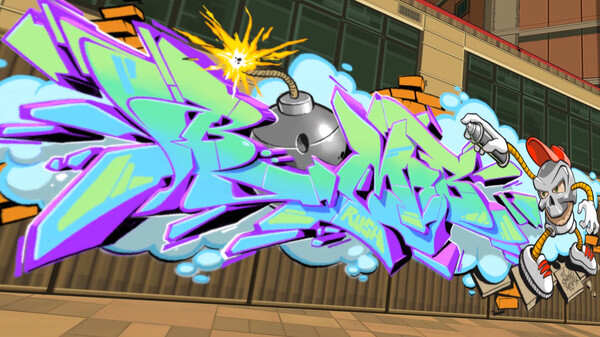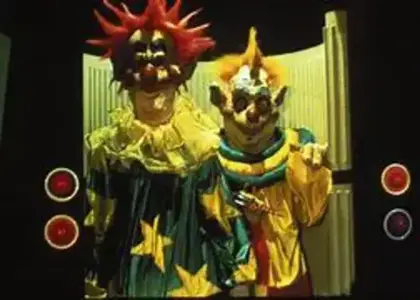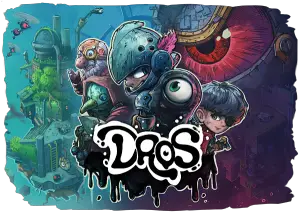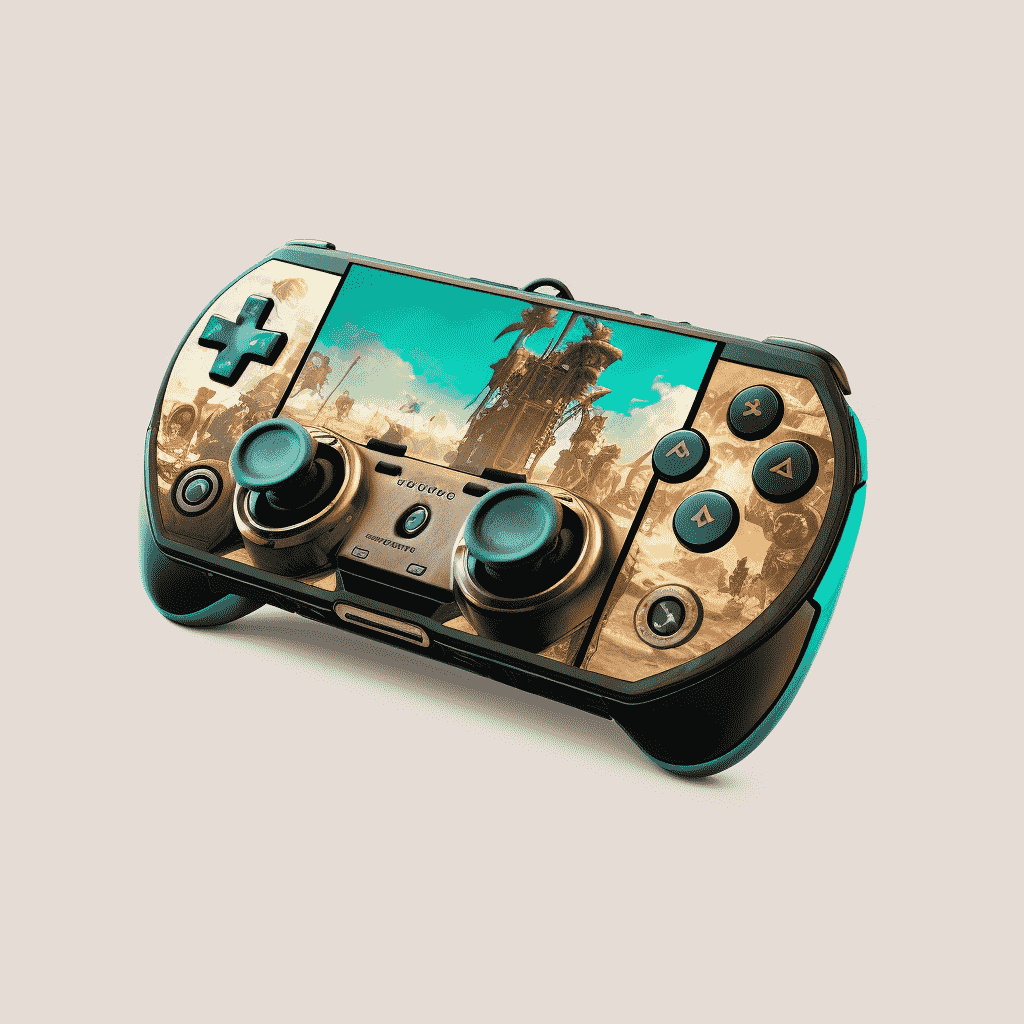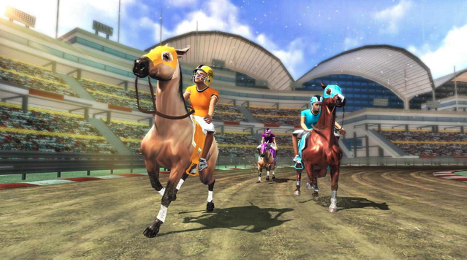It’s that time of the week again where another Around The Verse has popped up and those interested in Star Citizen can find out exactly how far out alpha 3.0 is from release.
The latest episode covers more of the Burn Down, and how far along the developers are with knocking all the major blockers out of the way, along with some of the features centered around choice and consequence and the mission system. Check out the half hour episode below.
Last week they had 76 major issues they needed to fix. This week they managed to fix 50 issues and brought the number down to 26 bugs that need to be fixed, which means that release of alpha 3.0 is literally right around the corner at this point. Now if they manage to fix those 26 issues throughout the next week, and QA can cover and play-test all of those features, then the release of alpha 3.0 could be released before September is out.
One of the major issues that they had to fix was the quantum travel, where the quantum drives were ramping up in acceleration and ramping down in deceleration too much or too little one way or the other, which resulted in either pushing the ships along too quickly or too slowly.
Another funny issue they ran into was ships running into players and blowing up instantly upon collision. This was actually a bug that was created from the GamesCom build of the game, where they attempted to fix a mass difference between two ships and it caused a bug where the ships colliding with players would cause the ships to blow up and for the players to be a-okay. This was because the code wasn’t optimized for players colliding with ships and was designed around ship versus ship collisions. They managed to fix two of those issues by ironing out the mass equations between two ships colliding and ships colliding with player characters.
Later in the ATV they talk about how the Subsumption editor allows the mission designers to easily and quickly create a family of NPCs that can populate the game world and make it so that there’s a wide degree of variety for each of the missions in the game.
One thing they noted that they had to do was scrap the old scripted mission system. At one point they were going to use both the Subsumption algorithm and the scripted missions they already made, but they decided to get rid of the old system to avoid encountering bugs.
They’ve also made mention about how Subsumption has made it so much easier for other systems to come online, making pathfinding more accurate, along with oblong movement for the characters so that they can navigate environments utilizing smooth turning, scaling, and interaction without clicking, snapping, or twitching throughout the environment.
In most games pathfinding works along very stiff, point-to-point nodes that makes characters move as if they’re moving along a rail. In Star Citizen characters will move a lot more smoothly and navigate environments in a more organic looking way. It’s not quite on par to NaturalMotion’s Euphoria, but they’re working on it.
One of the things they mention is that the Subsumption system has also made it where mission structures and gameplay types no longer need completely separate coding teams. Instead, the tool allows designers to create parameters within Subsumption to create a flow chart of logic triggers, almost like a more layered and complex version of SnapMap from DOOM.
Of course, one of the things that some people would question is: isn’t this just a procedural mission generator? Well, yes and no.
According to Tony Zurovec, the persistence universe game director, he explained that he’s not terribly interested in procedurally generated content, saying…
“I’ve never had any interest in purely procedural content, as in practice it tends to feel very formulaic, repetitive and bland. That approach gives you a practically infinite amount of variation, but when there’s nothing more I think it falls apart on the experience. It lacks the depth to really make an area feel alive, unique and interesting.”
Quite naturally, this would then lead people to ask: so why would you use procedural generation in a game like Star Citizen for random encounters and missions if it feels formulaic and repetitive?
Well, according to Zurovec, it’s not just a matter of taking a blender and throwing random mission scripts into Subsumption, it’s about utilizing the tool set to build unique encounters with an almost seemingly infinite amount of variables that change and alter per-player, per-play experience. Zurovec explains…
“We actually use procedural tech extensively, but it’s just one of many tools within the pipeline. And it’s primary purpose is to setup the background, the canvas upon which a more detailed and intricate picture is going to be hand-crafted.
“We’re actually taking that concept one step further and allowing hand-crafted content to be algorithmically placed onto procedural backdrops, and then customized in real-time based upon inputs from the game.”
The mission structures are designed around allowing players to build their own persistent stories, which could create some interesting role-playing threads.
Now that the blockers are down to just above two dozen, maybe we’ll see a more solid release date set in stone for alpha 3.0.
You can learn more about Star Citizen by visiting the official website.
